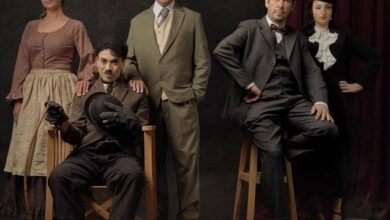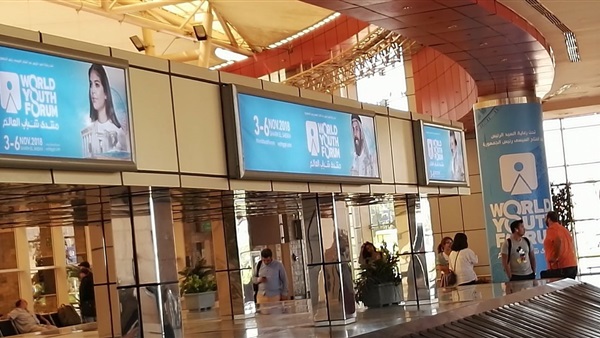Downtown’s Rawabet Theater received a refreshing, albeit short-lived, dose of creativity recently with Laila Soliman’s adaptation of Frank Wedekind’s 1891 controversial masterwork Spring Awakening. Examining the conflicted emotions of a group of youths on the cusp of puberty, the play is haunting in its stark depiction of the dire consequences of innocence confronting moral severity, and Soliman’s rendition manages to strike some of those resonant chords.
Speaking to Al-Masry Al-Youm, Soliman expressed her unfading desire to produce the play, preferably under her own direction, ever since she read it as a student at the American University in Cairo. She was drawn to Wedekind’s innovative structuring of his works and the fine balance he struck between ambiguity and clarity in the revelation of his character’s desires and intentions. The parallels between turn-of-the-20th-century Germany and modern-day Egypt, where repressive and authoritarian parents and educators silently conspire to choke and shame budding sexualities, often fatally debilitating children’s mental and moral development, were also not lost on her.
A grant from the Goethe Institute proved to be the fortuitous catalyst, and Soliman began a prolonged pre-production process last October. Three months of research with dramaturge Julia Schulz–which involved trips to the Delta countryside to hear and document youth’s coming-of-age stories–were followed by workshops conducted at the few schools which allowed them unfettered access to their children to explore the taboo subject matter. A rough text was compiled, which rehearsals with the actors would eventually flesh out, as the remaining elements of the production came together.
The result is a reigned-in multimedia spectacle; Documentary footage shot by Shulz in the research phase is projected onto plastic sheeting in Mohamed Shoukry’s effectively sparse set, and actors perform scenes alongside recitals from texts, such as the Egyptian law relating to the status of children and 9th grade textbooks covering reproduction. Saad Samir’s atmospheric lighting remains dusky throughout the play, and certain scenes find their full expression through Karima Mansour’s articulate choreography, which can shift from languid to snappy and back with relative ease.
Instead of an integrated and cohesive whole, however, the overall effect is more often than not that of an uneven and rough-hewn pastiche, in which certain sequences clearly work better than others. Soliman–possibly her own harshest critic–concedes that were it not for the mounting pressure of performance deadlines, more could have been done with the production; the text recitals could have been done by actual teenagers, there could have been room for more interaction with the audience, and, naturally, the scenes could have been explored further–allowing their multifarious elements to coalesce, and the actors to better approach their tenor.
Certain sequences, nonetheless, grounded in a local context, do great justice to Wedekind’s compelling and provocative content. A quiet scene in which two girls, one of them about to be betrothed, sit on a rooftop and chat about marriage and wedding night rituals is surprisingly poignant. In another, a girl curious about the abuse she witnesses in her home asks a friend to beat her. Reluctantly, he complies, and the clever staging eschews physical contact until he eventually mounts her. On the night of their attendance, Nile Culture TV station packed up their equipment and quickly left the theater after this scene, proclaiming the play “pornographic” and unfit for TV coverage.
In what is perhaps the play’s most distressingly effective sequence, two boys explore their newfound sexual appetites and maturing bodies together. Once again, Mansour’s intelligent choreography takes center stage, shunning the explicit as it conveys their unabashed playfulness. The voice of a school administrator, describing as an anomaly a real-life incident in which two boys were caught in the school bathroom, plays in the background. On the night Al-Masry saw the show, the audience’s tension during this scene was palpable. Soliman–adamant about not driving audiences away with vacuous shock value–agrees that the scene, given local conventions, usually leaves viewers more uncomfortable than others, and for that reason is perhaps the play’s most challenging.
The play is terse, pools together a team of talented practitioners, and demonstrates their commitment to communicating their chosen subject matter. Amid the dearth of original local theater productions, this is a commendable effort by a director from whom we’re likely to see more weighty and engaging work in the future.
Spring Awakening will be performed at the Garage Theater at the Jesuit Center in Alexandria on 9-10 April at 8PM , and the Jesuit Center in Minya on 16-17 April at 7PM.




